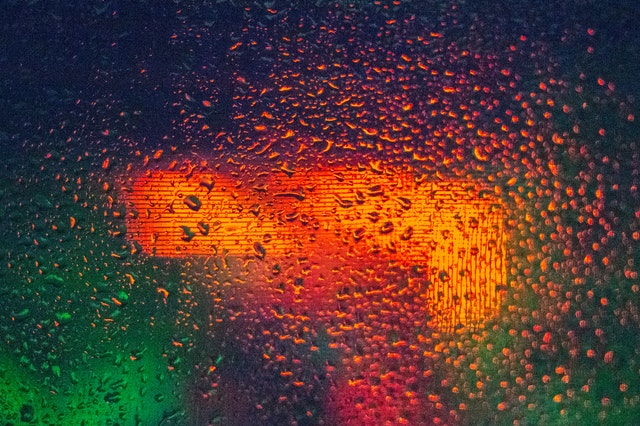Conventional amino silicone oils provide smoothness, softness and lubricity on the inner part of the fabrics in textile finishing processes, thanks to the easy bonding of hydroxy (OH) ends, especially in the cellulose part of natural fibers, to amine (NH-NH2) groups.
However, due to the fact that functional amine (NH-NH2) groups can be easily reduced with oxygen, it causes yellowing problems on the fabrics surfaces and also shows stability problems in anionic and electrolyte solutions. According to their low shear strength, they can also break down and cause staining spots in which circulation applications occur.
Because of these disadvantages of amino silicone oils, it has paved the way for obtaining
new polymer structures with various reactions over the years. With different polymerization techniques, groups containing amine (NH-NH2) and ethylene oxide (EO) are attached to the polysiloxane chain.
Since the EO content of the obtained polymer facilitates the homogeneous distribution of the emulsion in aqueous solutions, its shear, pH and temperature resistance increases and it can be used easily in circulating applications.
Quat hydrophilic silicone oil can be obtained by increasing the bond angle during the quaternization process of polysiloxane groups. In this way, it gives a voluminous effect and bulky hand feeling to the fabric after the finishing application.
Charma® FELIX is a hydrophilic silicone oil with a block copolymer structure consisting of siloxane, polyamine and polyether.
In addition to the features gained by different long homopolymer segments, it provides good hand feeling and plump appearance to cotton, polyester/cotton and natural fibers in textile finishing processes due to its weak cationic structure.
Having high temperature, pH, alkali and shear resistance provides easy use in padding and exhaustion applications.
Charma® FELIX used in the finishing processes, under favour of its long polymer chain, gives a noticeable slippery effect to the fabric surface, so that excellent hydrophilic fabrics can be achieved beyond their good hand feeling and bulky effect.
Whereby the low yellowing feature of Charma® FELIX, it has very little effect on the yellowing values of white fabrics.
(Berger test method Table 1.) Charma® FELIX can be conveniently used on fabrics such as towels with high hydrophilicity and moisture management properties due to its minimum effect on yellowing. (Table 2.)
• Lubricity,
• Plump and voluminous effect,
• Excellent hydrophilicity,
• Low yellowing,
• Shear, alkali, temperature and pH resistance.

Ferhat Ayaşlı
Creative Process Adviser
Latro Kimya Dış Ticaret A.Ş

